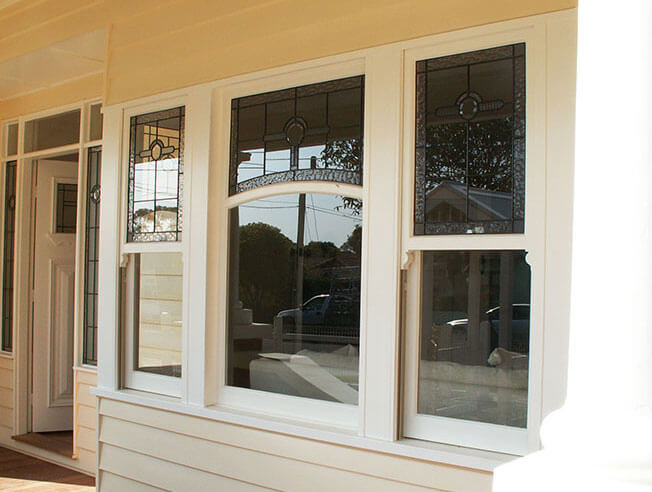All Categories
Featured
Table of Contents
4 Benefits Of Double Glazed Windows In The Summer in Forrestfield WA
Glazing merely means the windows in your house, consisting of both openable and fixed windows, as well as doors with glass and skylights. Glazing actually simply implies the glass part, but it is generally utilized to refer to all aspects of an assembly consisting of glass, movies, frames and furnishings. Focusing on all of these elements will assist you to accomplish effective passive design.

Energy-efficient glazing makes your house more comfy and dramatically minimizes your energy expenses. However, inappropriate or improperly created glazing can be a significant source of unwanted heat gain in summer season and significant heat loss and condensation in winter season. As much as 87% of a house's heating energy can be gotten and approximately 40% lost through windows.
Insulated Glass Unit – Igu in Marmion Western Australia
Glazing is a substantial financial investment in the quality of your home. A preliminary investment in energy-efficient windows, skylights and doors can greatly reduce your annual heating and cooling bill.

This tool compares window selections to a base level aluminium window with 3mm clear glass. Understanding a few of the key homes of glass will help you to choose the best glazing for your house. Secret residential or commercial properties of glass Source: Adapted from the Australian Window Association The quantity of light that travels through the glazing is referred to as noticeable light transmittance (VLT) or visible transmittance (VT).
Insulated Glass Unit – Igu in Waterford Perth
The U worth for windows (revealed as Uw), explains the conduction of the whole window (glass and frame together). The lower the U value, the higher a window's resistance to heat flow and the much better its insulating value.
If your house has 70m2 of glazing with aluminium frames and clear glass with a U value of 6. 2W/m2 C, on a winter season's night when it is 15C colder outside compared with indoors, the heat loss through the windows would be: 6. 2 15 70 = 6510W That is equivalent to the total heat output of a big space gas heater or a 6.
Plastic Window Frames - Best Plastic Double Glazed ... in Midvale Perth

If you pick a window with half the U worth (3. 1W/m2 C) (for example, double glazing with an argon-filled gap and less-conductive frames), you can halve the heat loss: 3. 1 15 70 = 3255W The solar heat gain coefficient (SHGC) for windows (expressed as SHGCw) measures how easily heat from direct sunshine flows through an entire window (glass and frame together).
The lower a window's SHGC, the less solar heat it transmits to the house interior. The real SHGC for windows is affected by the angle that solar radiation strikes the glass.
Double Glazing - Albury - Twin Cities Glass in Edgewater Western Australia
When the sun is perpendicular (at 90) to the glass, it has an angle of incidence of 0 and the window will experience the maximum possible solar heat gain. The SHGC stated by glazing makers is constantly computed as having a 0 angle of occurrence. As the angle increases, more solar radiation is shown, and less is transferred.
Table of Contents
Latest Posts
8 Benefits Of Double Glazing To Take Advantage Of in Orelia Perth
Which Type Of Double Glazed Window Frame Is Right For You? in Ocean Reef Western Australia
Twinglaze® Double Glaze Specification Act - Vic in Inglewood WA
More
Latest Posts
8 Benefits Of Double Glazing To Take Advantage Of in Orelia Perth
Which Type Of Double Glazed Window Frame Is Right For You? in Ocean Reef Western Australia
Twinglaze® Double Glaze Specification Act - Vic in Inglewood WA